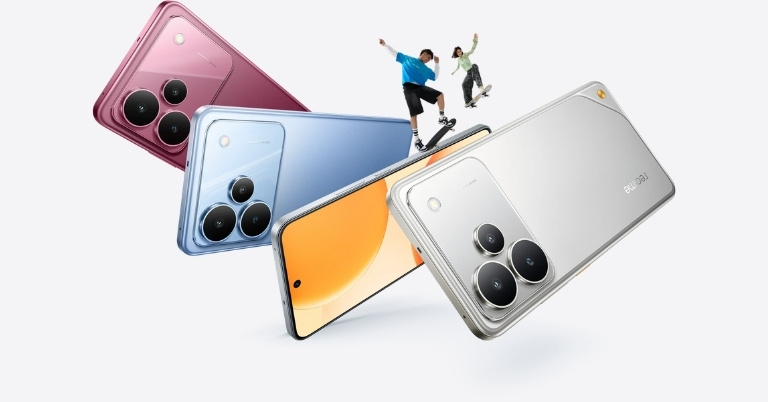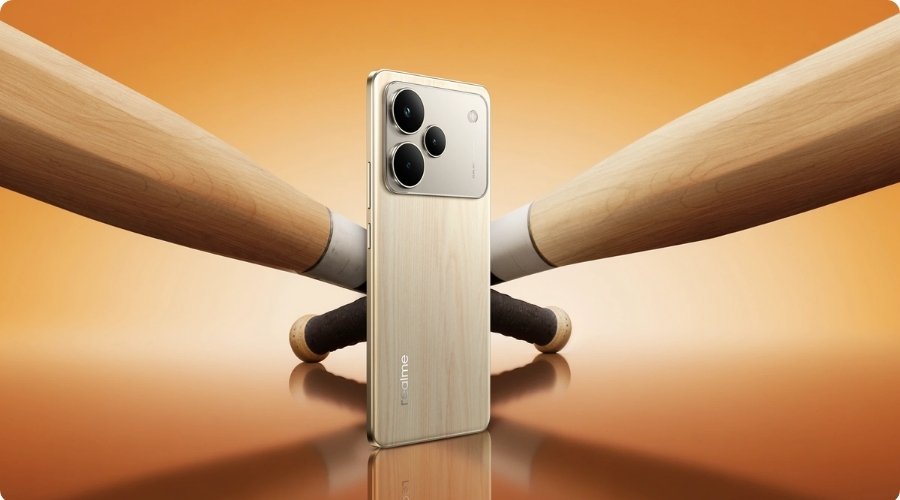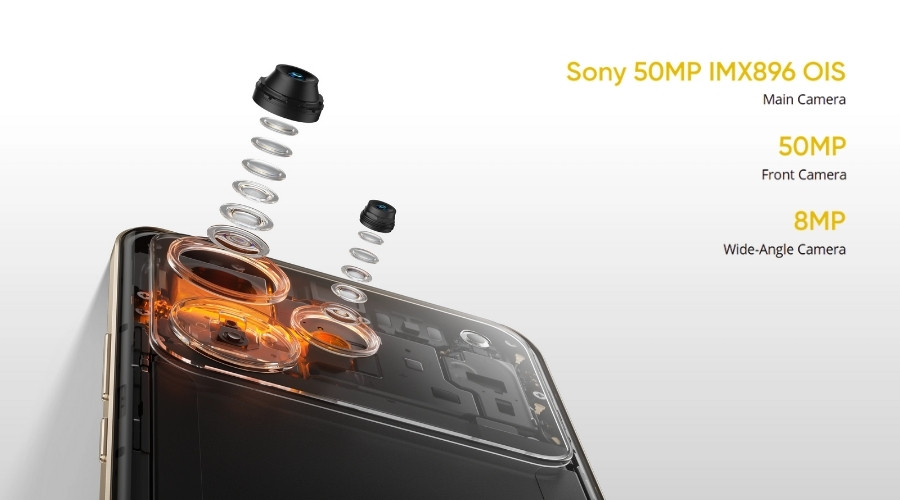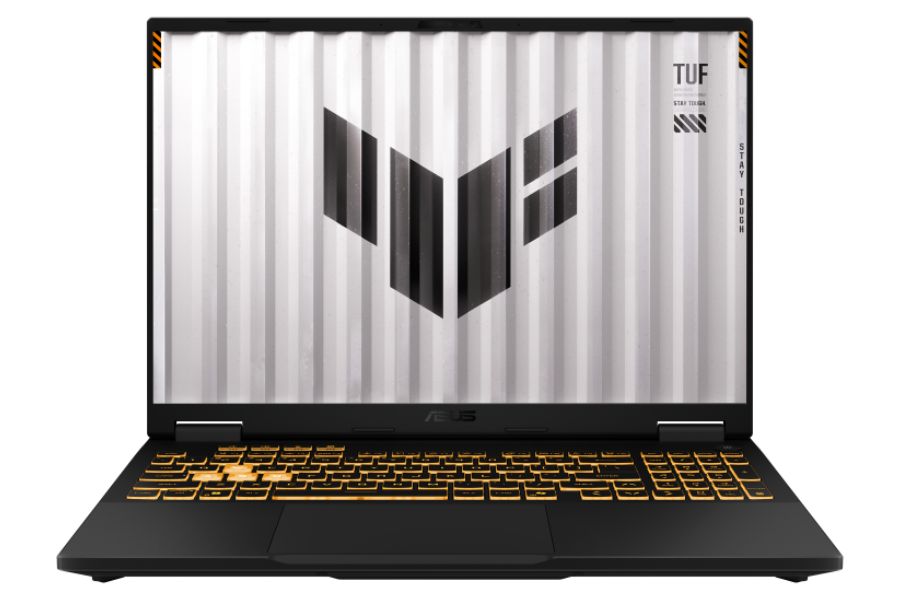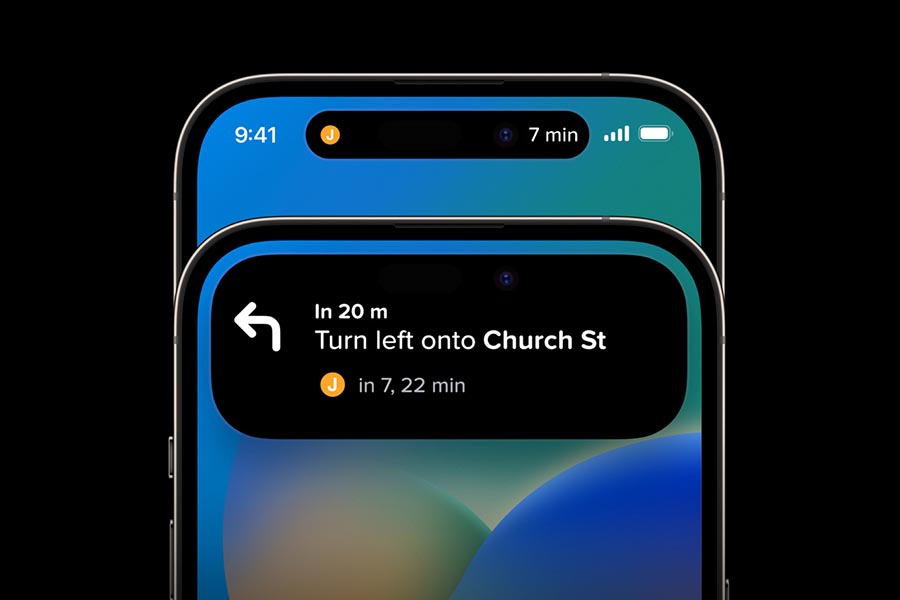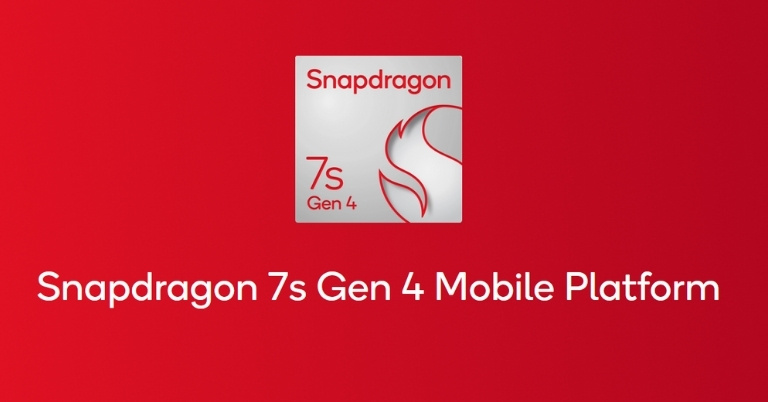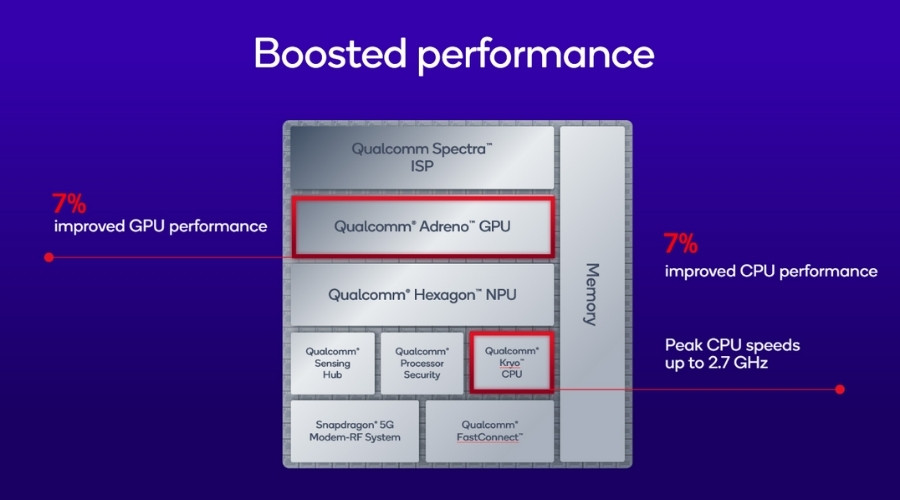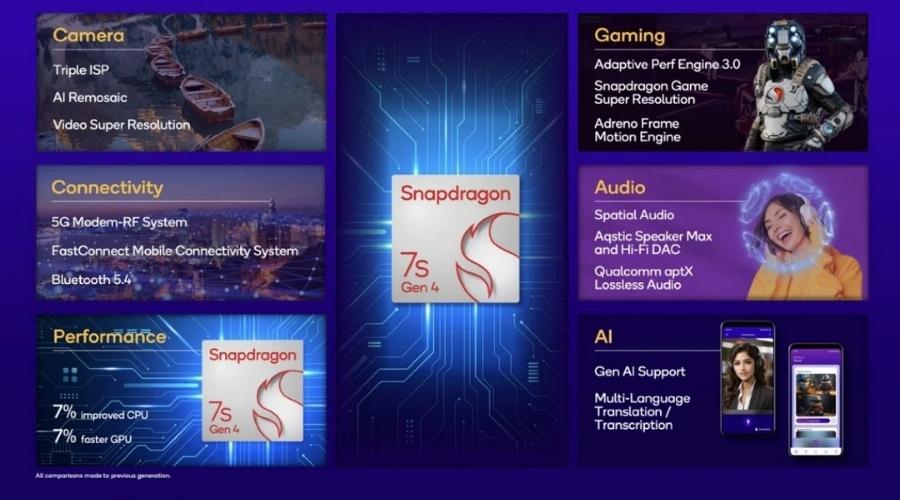Realme’s latest smartphone, the Realme P4 5G, has just launched in India. And as you can see, this midrange phone looks a lot like Apple’s upcoming iPhone 17 Pro Max. So without further ado, let’s take a look at everything the Realme P4 5G brings, alongside its expected price in Nepal.
Realme P4 5G Overview
Design and Display
As I just mentioned, the camera module of the Realme P4 5G has big iPhone 17 Pro Max energy with a wide camera module. And the phone is pretty slim as well, at just 7.58 mm. Available in three colors: “Steel Grey,” “Engine Blue,” and “Forge Red”, it is IP65 + IP66 dust and splash resistant too.

Up front, the device boasts a 6.77-inch FHD+ AMOLED screen with up to 144Hz refresh rate. But unlike the Realme P4 Pro 5G‘s curved finish, you get a flat display here. Other than this, it has 1,600 nits of peak brightness and 3,840 Hz of PWM dimming too.
Performance and Battery
When it comes to performance, the Realme P4 5G is powered by a MediaTek Dimensity 7400 Ultra 5G chip. Not only that, it is the only device under its price segment to feature a dedicated graphics chip. The “Hyper Vision AI” chip. It runs on Android 15 with Realme UI 6.0 on top, while the company promises 3 major OS updates and 4 years of security updates for this phone.
We are also getting a bigger 7,000 mAh battery here, versus the 6,000 mAh battery on the Realme P3 5G. The charging speed has also gone up from 45W to 80W. With an additional 10W reverse wired charging support.
You may also like
- Realme 15T is arriving soon with an iPhone-like design
- Realme Mobile Price in Nepal [Updated 2025]
- Realme Note 70 launched in the Philippines with a 6,300mAh battery
Camera and the rest
There is also not much change regarding the optics. The device still has the same 50MP rear camera and a 16MP selfie camera, but you’re now getting an 8MP ultrawide lens instead of a useless 2MP depth sensor. You can still shoot videos at 4K resolution at 30 fps from Realme P4’s main camera.

As for the connectivity, there is dual 5G mode, Wi-Fi 6, and Bluetooth 5.4. Moreover, there are AI features like Circle to Search, AI Recording Summary, and even an AI Gaming Coach that can supposedly analyze in-game moments and provide real-time tips.
Realme P4 5G Specifications:
- Dimensions: 163.34 x 75.88 x 7.58 mm
- Weight: 185 grams
- Protection: IP65 and IP66 rated
- Display: 6.8-inch FHD 144Hz curved AMOLED, 1,600 nits (HBM), 4,500 nits (HDR), 3,840 Hz PWM dimming
- Chipset: MediaTek Dimensity 7400 Ultra (4nm)
- Software: Realme UI 6.0 based on Android 15
- Memory: 6/8GB LPDDR4X RAM, 128/256GB UFS 3.1 storage
- Rear Cameras: 50MP f/1.8 main + 8MP ultra-wide (112° FOV)
- Selfie Camera: 16MP f/2.4 (hole-punch cutout)
- Battery: 7,000 mAh battery with 80W wired charging
- Audio: Stereo speakers, dual-mic
- Connectivity: USB Type-C, 5G, Bluetooth 5.4, Wi-Fi 6
Realme P4 5G Price in Nepal and Availability
The Realme P4 5G will go on sale in India from August 27 at a starting price of INR 18,499 for the 6/128GB model. And when it arrives here, we expect the price of the Realme P4 5G in Nepal to start at NPR 33,499.
| Realme P4 5G | Price in India (Official) | Price in Nepal (Expected) |
| 6/128GB | INR 18,499 | NPR 33,499 |
| 8/128GB | INR 19,499 | NPR 34,999 |
| 8/256GB | INR 21,499 | NPR 38,999 |
- Meanwhile, check out our Realme 14 Pro+ review:


